A monumental Dior retrospective opens at the Musée des Arts Décoratifs in Paris
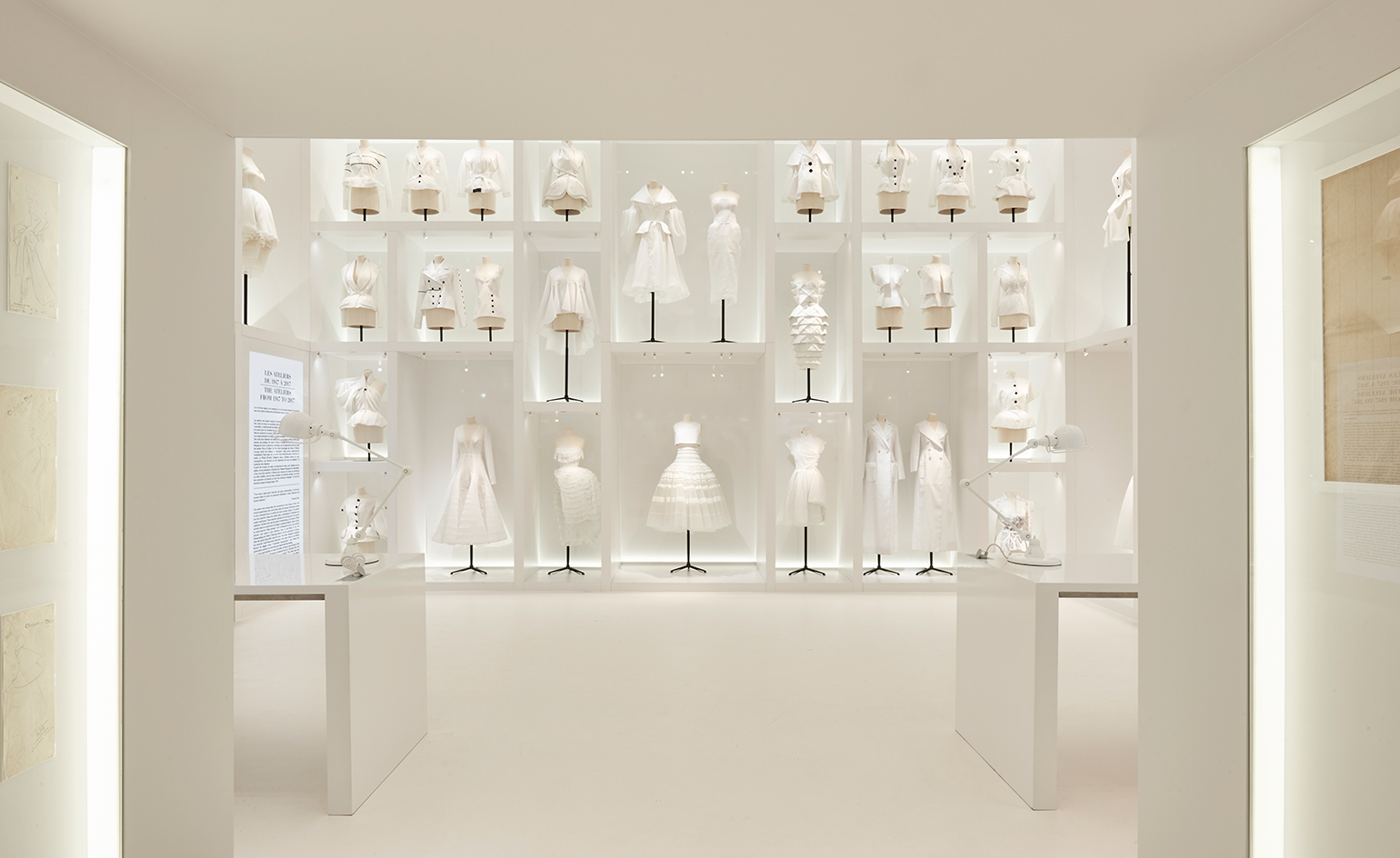
‘Christian Dior: Designer of Dreams’ at the Musée des Arts Décoratifs, is nothing shy of monumental. Spanning nearly 3,000 sq m of prime space, it first unfolds as a rich, thematic journey throughout the two floors of permanent fashion galleries. Then, as though the second of two acts, visitors proceed towards the museum’s vast nave where the story begins anew, starting with the iconic bar suit from spring 1947, continuing as a chronological focus on the maison’s six designers, and ending with a magically staged ball attended by seven decades of show-stopping gowns.
Not since 1987 has there been a Christian Dior retrospective in Paris. Thirty years later, to mark the maison’s 70th anniversary, this one ranks as the largest yet. Curated by the museum’s director Olivier Gabet, and Florence Müller, who is based at the Denver Art Museum as the Avenir Foundation curator of textile art and fashion, it features upwards of 300 haute couture gowns, many from the museum’s own collection. But arguably even more staggering are all the peripheral objects: the loaned artworks from major institutions, a vast trove of archive materials from the brand’s Dior Heritage department, 700 accessories sorted as a meandering rainbow wall (dubbed ‘Colorama’), plus scores of magazine covers and editorial spreads that testify to how widely and consistently the Dior image has been diffused (Maison Christian Dior was involved in the show beyond financial support).
Rather than forcing one point of view above others, what becomes clear is that the designer’s original vision has been so incredibly respected, preserved and mythologised since his death just ten years after founding his label. Visitors need only glance at the three-storey wall filled silhouettes conceived by all the subsequent creative directors in addition to Dries Van Noten, Alber Elbaz, Comme des Garçons, Alexander McQueen, Pierre Cardin, Yohji Yamamoto and others to sense that his influence and artistic spirit has been kept alive.
Within the exhibition’s biographical gallery, just down from a striking portrait of the designer by artist Bernard Buffet, he appears on a Time magazine cover dated March 4,1957 holding a giant pair of scissors. In his book, Christian Dior and I, he referred to ‘a small bloodless revolution – made by the scissors rather than the sword – whose reverberations extend to all corners of the world.’ Now consider last year’s must-have ‘Dio(r)evolution’ t-shirt, which Müller happened to be wearing four days before the opening when she and Gabet met for our interview.
’His intention was not to be a revolutionary; he was seeing himself more as a reactionary. It was a reaction against the fashion of the war,’ she explained. ‘It was a reaction that became a revolution. But it was not his intention; I think he was more subtle than this.’
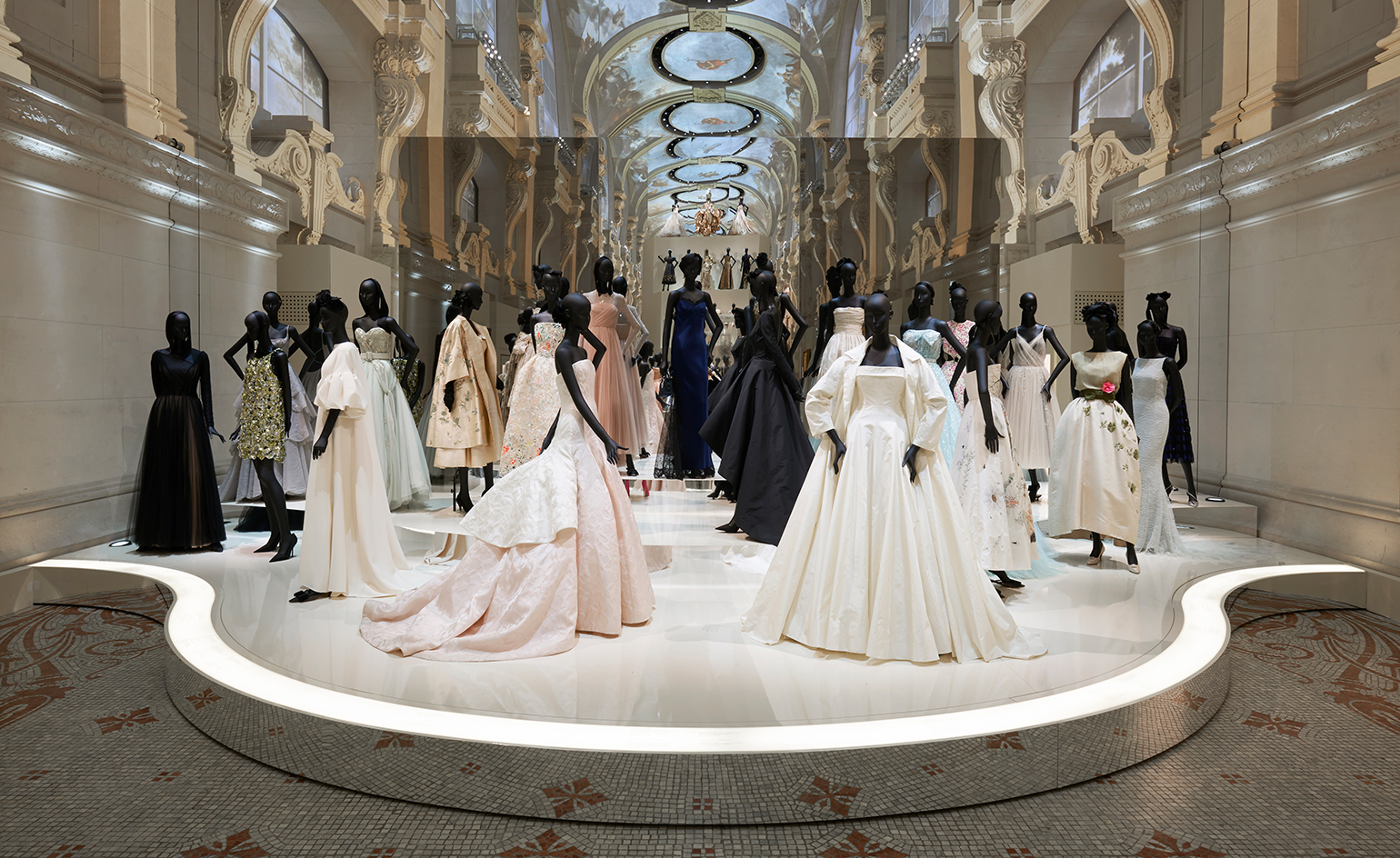
The chronological Dior retrospective culminates in a magically staged ball attended by seven decades of show-stopping gowns.
Is the show subtle? Not to the extent that the exceptional scenography, overseen by Nathalie Crinière, presents a steady stream of visually stimulating backdrops, from the illuminated outlines of the 30 Avenue Montaigne façade projected onto the museum walls (don’t miss the upper oval medallion with its highlight reel of runway shows), to the thousands of white flowers suspended from the ceiling in the room exploring the maison’s myriad floral-inspired dresses.
The ambiance in the nave becomes something of a dreamscape thanks to projections of the baroque paintings from the Galerie des Glaces at Versailles, a simulated starry sky, and sparkling gold dust (Jean Cocteau famously noted how Mr Dior’s name was a near homophone with d’or, or gold). Here, in the presence of his glistening Junon and Venus gowns – along with at least two dozen others from Yves Saint Laurent through to Maria Grazia Chiuri – such overwhelming beauty successfully perpetuates the fashion fairytale.
But then to hear Gabet describe the selection process for the roughly 100 works of art placed throughout the exhibition is to also detect connections, surprises, and yes, subtleties that give the show added subtance. For while the paintings by Sterling Ruby and Agnes Martin adjacent to dresses by Raf Simons are obvious complements given his affinity for both artists; a torso of Nefertiti from the Louvre’s Egyptian department was only later discovered to exist as a photo in Galliano’s notebook. ‘It’s always when you are respectful to the artwork in the context of fashion that these beautiful and poetic things happen,’ Gabet suggested. ‘The point was not to be automatic but to always find the right and legitimate way.’
Mr Dior, after all, was a gallerist and art dealer before he became a designer; he revolved in creative circles with the likes of Salvador Dalí and Christian Bérard and mounted a surrealist show with his partner, Pierre Colle, in 1923. Chances are, he would have derived pleasure from seeing the modern maiden painted by Romaine Brooks in 1912, and a Fantin-Latour still life as juxtapositions to the floral dresses. Like other intimate vignettes in the show, it felt immune from any imposition of Dior, the mega-brand.
And it would be easy to declare the Colorama fixture the most apparent aspect of this with all the shoes, bags, hats, jewellery and perfume bottles. But Gabet sees it another way, rightfully pointing out how many of the objects represent collaborations with Stephen Jones, Roger Vivier, Swarovski (which developed the Aurora Borealis crystal for Mr Dior in 1956). ‘We are showing all the possibilities of the métiers d’art and craftsmanship technical virtuosity of the house of Dior.’
Incidentally, the exhibition includes an alcove where actual artisans will be stationed on a weekly basis to show off the savoir-faire before visitors’ eyes. That the show has debuted two days after Chiuri’s autumn/winter collection on Monday, is proof that the Dior story, for the first time filtered through a feminine voice, continues to play out beyond the museum walls in real time.
Gabet and Müller both pointed out that with this level of couture, the dresses didn’t simply slip onto the mannequins; they go through a meticulous process called mannequinage. ‘It’s a little industry by itself for the scale this show,’ said Gabet. Müller summed it up best: ‘You have to remember, he’s like a monument,’ she said. ‘You’ve entered into a legend.’
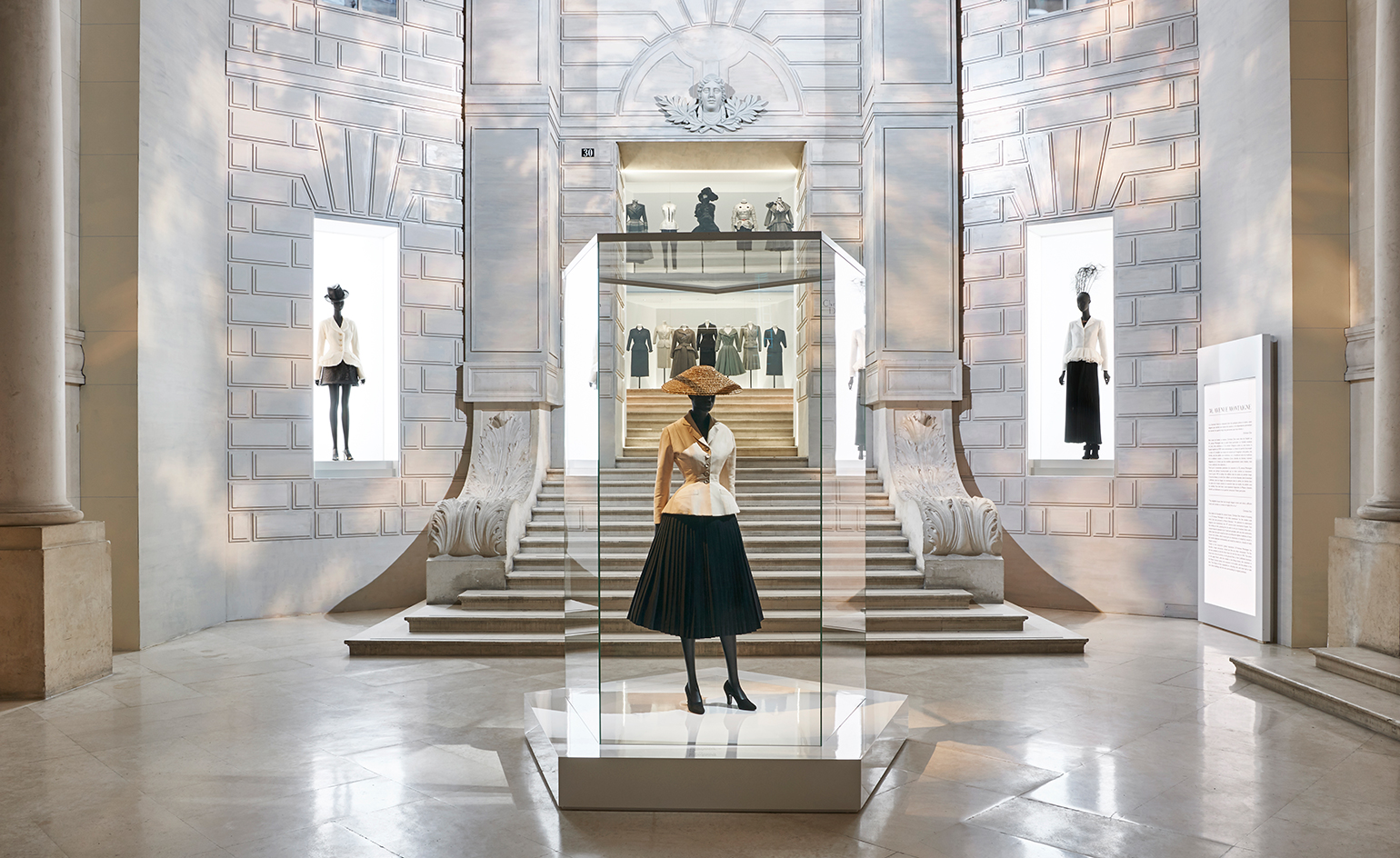
The monumental exhibition chronologically tracks the maison’s six designers, and ends with a magically staged ball attended by seven decades of show-stopping gowns.
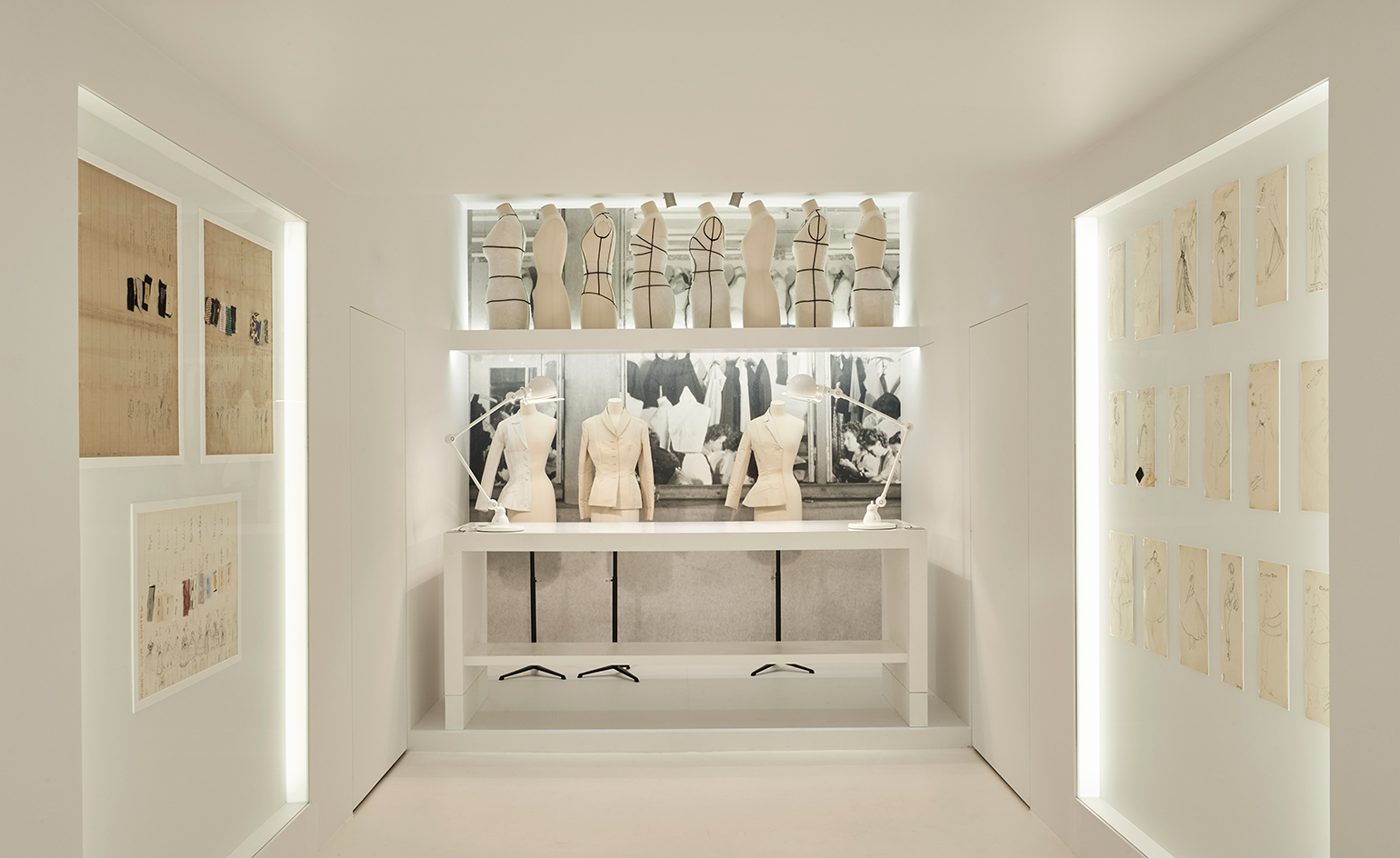
The scenography, overseen by Nathalie Crinière, presents a steady stream of visually stimulating backdrops.
INFORMATION
‘Christian Dior: Designer of Dreams’ is on view until 7 January 2018. For more information, visit the Les Arts Décoratifs website
ADDRESS
Les Arts Décoratifs
107 rue de Rivoli
75001 Paris
Wallpaper* Newsletter
Receive our daily digest of inspiration, escapism and design stories from around the world direct to your inbox.
-
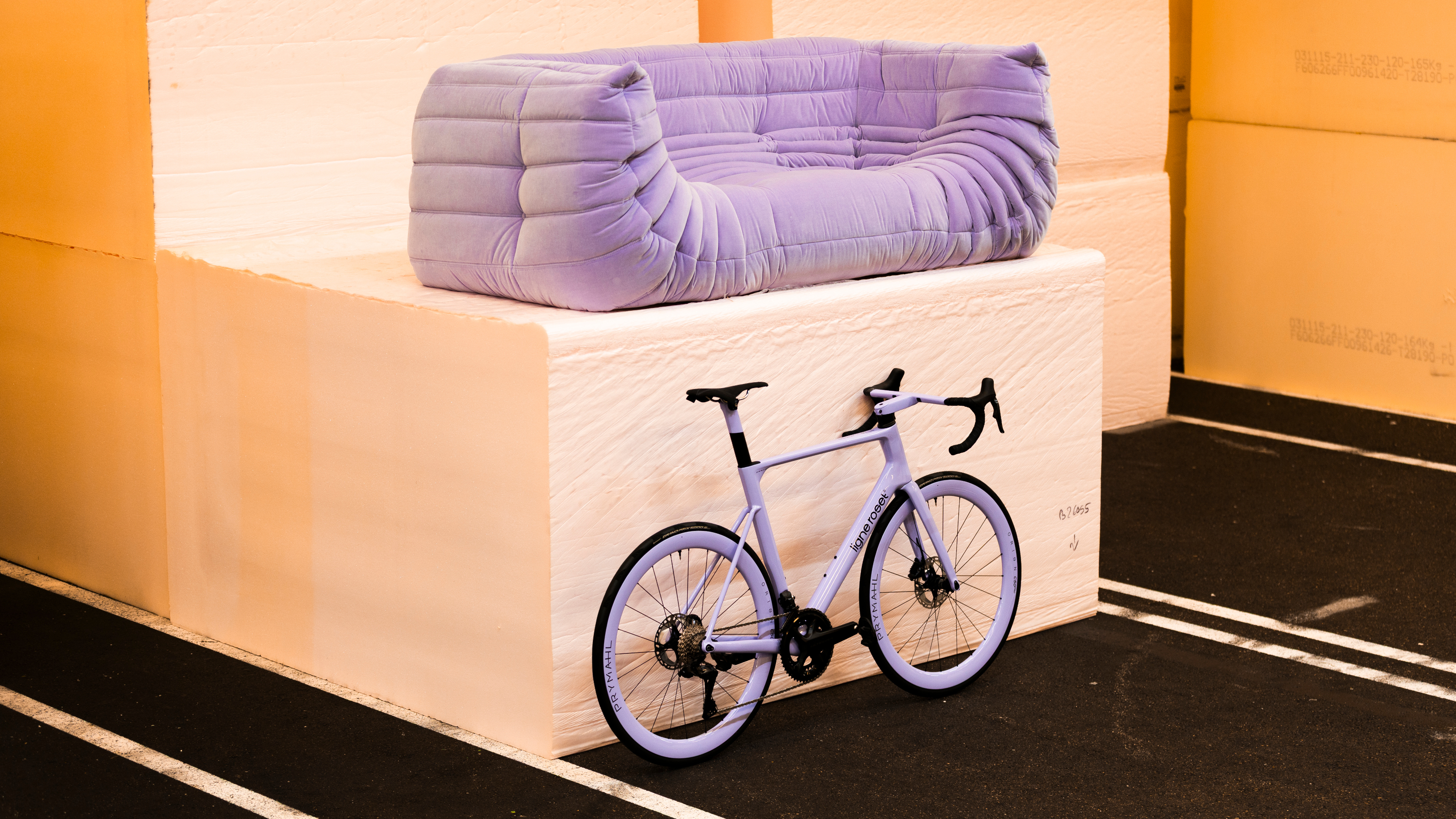 Ligne Roset teams up with Origine to create an ultra-limited-edition bike
Ligne Roset teams up with Origine to create an ultra-limited-edition bikeThe Ligne Roset x Origine bike marks the first venture from this collaboration between two major French manufacturers, each a leader in its field
By Jonathan Bell
-
 The Subaru Forester is the definition of unpretentious automotive design
The Subaru Forester is the definition of unpretentious automotive designIt’s not exactly king of the crossovers, but the Subaru Forester e-Boxer is reliable, practical and great for keeping a low profile
By Jonathan Bell
-
 Sotheby’s is auctioning a rare Frank Lloyd Wright lamp – and it could fetch $5 million
Sotheby’s is auctioning a rare Frank Lloyd Wright lamp – and it could fetch $5 millionThe architect's ‘Double-Pedestal’ lamp, which was designed for the Dana House in 1903, is hitting the auction block 13 May at Sotheby's.
By Anna Solomon
-
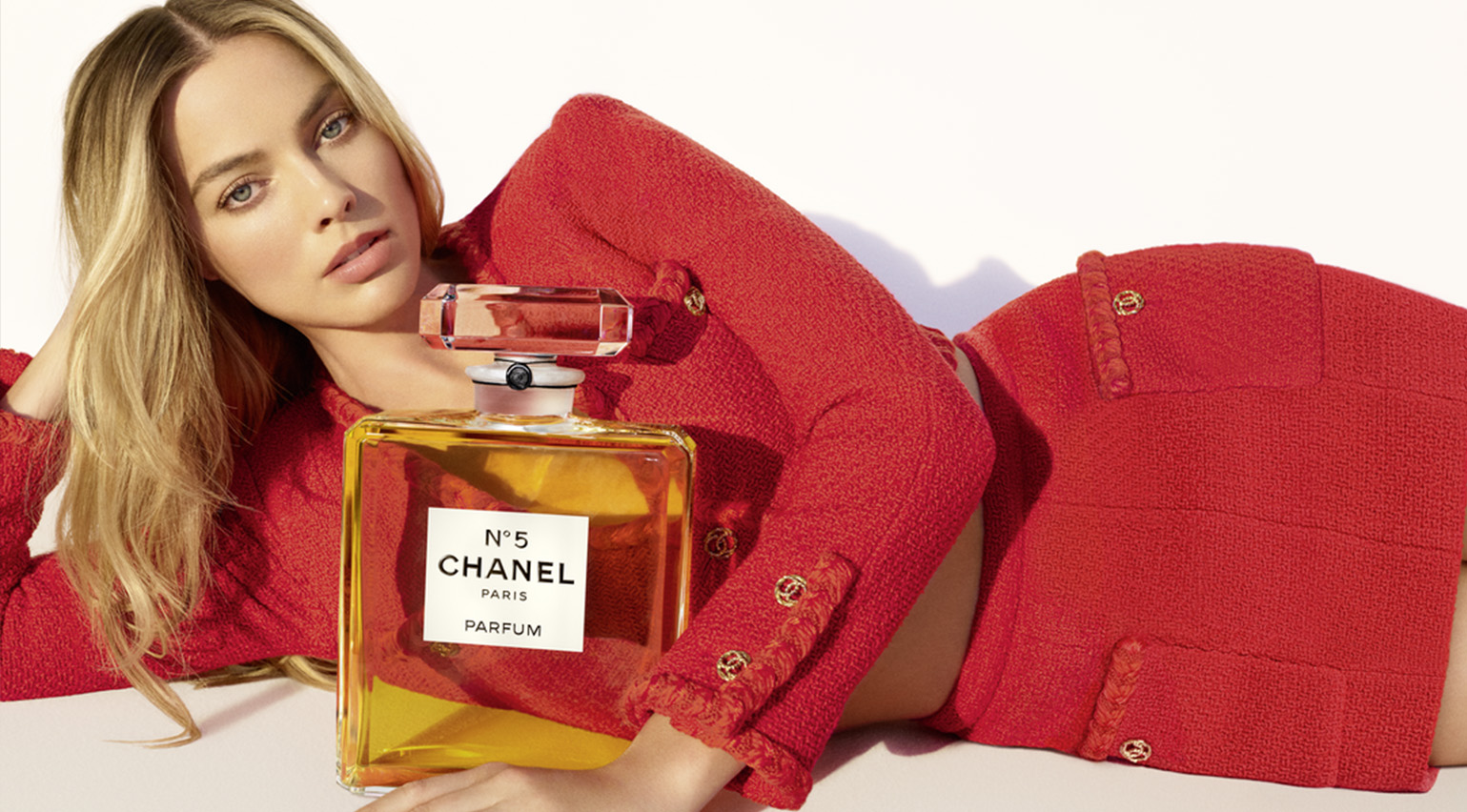 Margot Robbie, Marina Abramović and a 15-step Korean scalp treatment: the most-read Wallpaper* beauty stories of 2024
Margot Robbie, Marina Abramović and a 15-step Korean scalp treatment: the most-read Wallpaper* beauty stories of 2024The news of Margot Robbie becoming the face of Chanel No.5 and an illustrated guide to a 15-step Korean scalp treatment are just two of the most-read Wallpaper* beauty stories from the year gone by
By Hannah Tindle
-
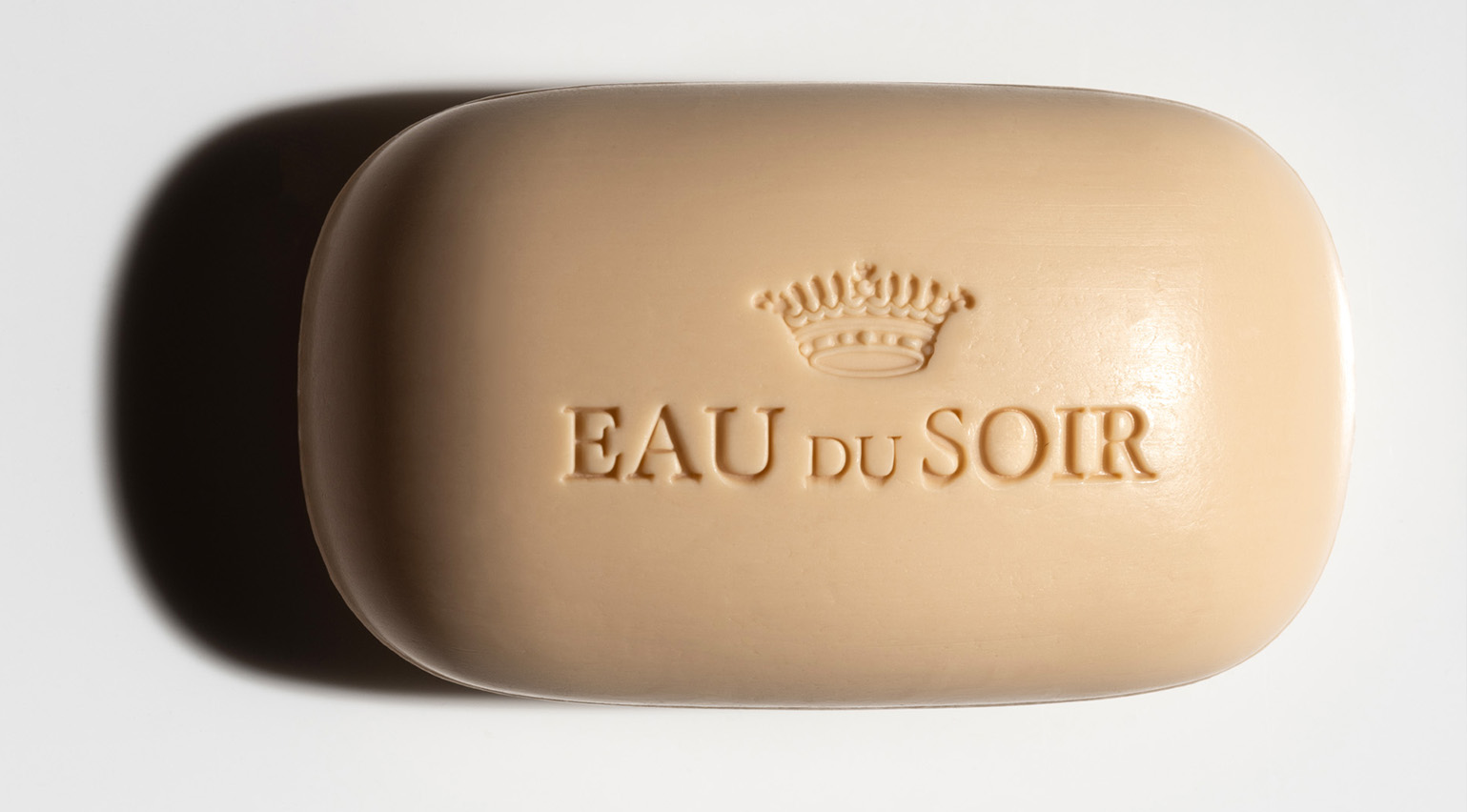 Unboxing beauty products from 2024, as seen on the pages of Wallpaper*
Unboxing beauty products from 2024, as seen on the pages of Wallpaper*Wallpaper's 2024 beauty picks included Chanel lipstick, Bottega Veneta perfume and solid soap from the likes of Aesop, Celine, Diptyque, Hermès and Sisley
By Hannah Tindle
-
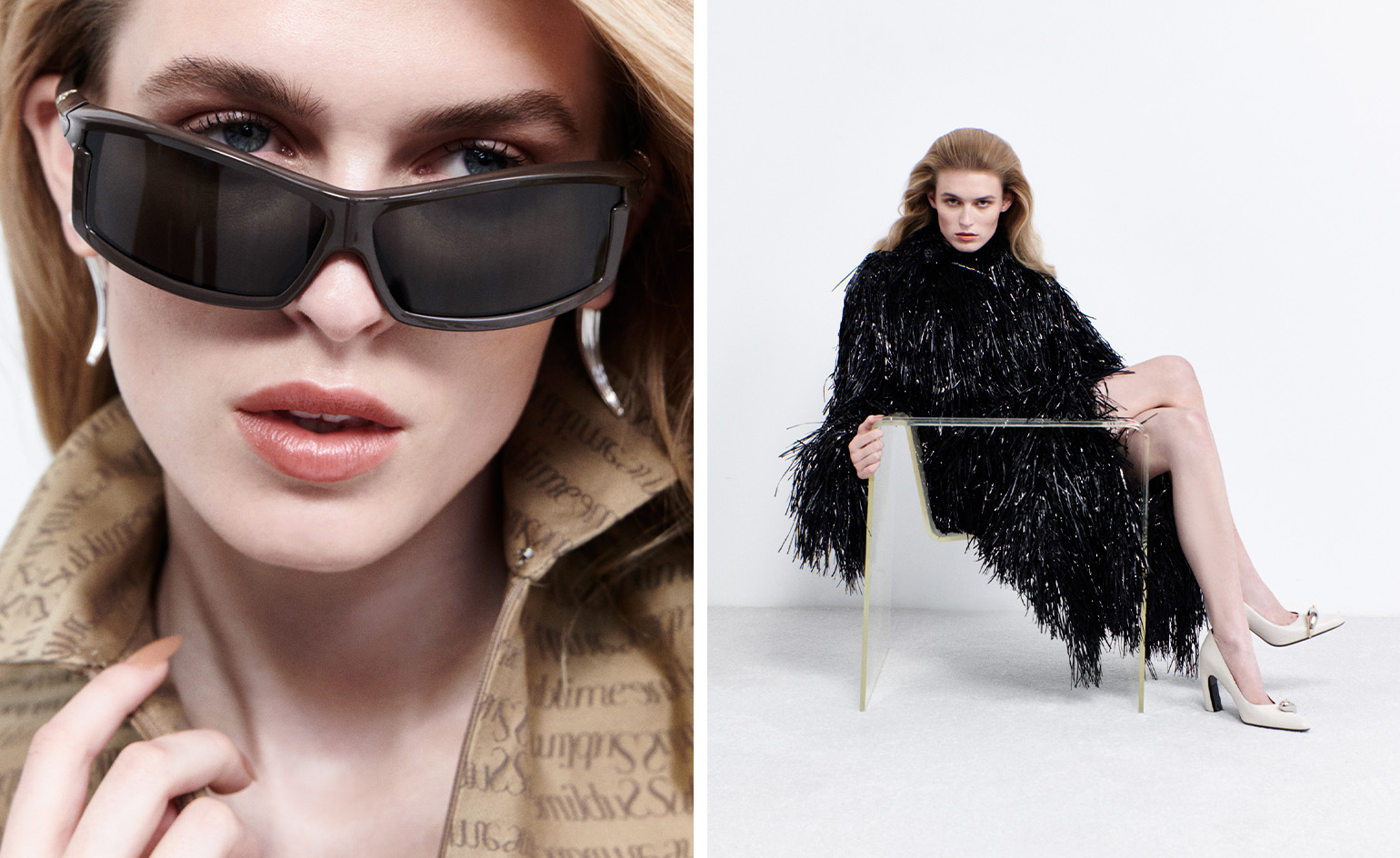 These illuminating fashion interviews tell the story of style in 2024
These illuminating fashion interviews tell the story of style in 2024Selected by fashion features editor Jack Moss from the pages of Wallpaper*, these interviews tell the stories behind the designers who have shaped 2024 – from Kim Jones to Tory Burch, Willy Chavarria to Martine Rose
By Jack Moss
-
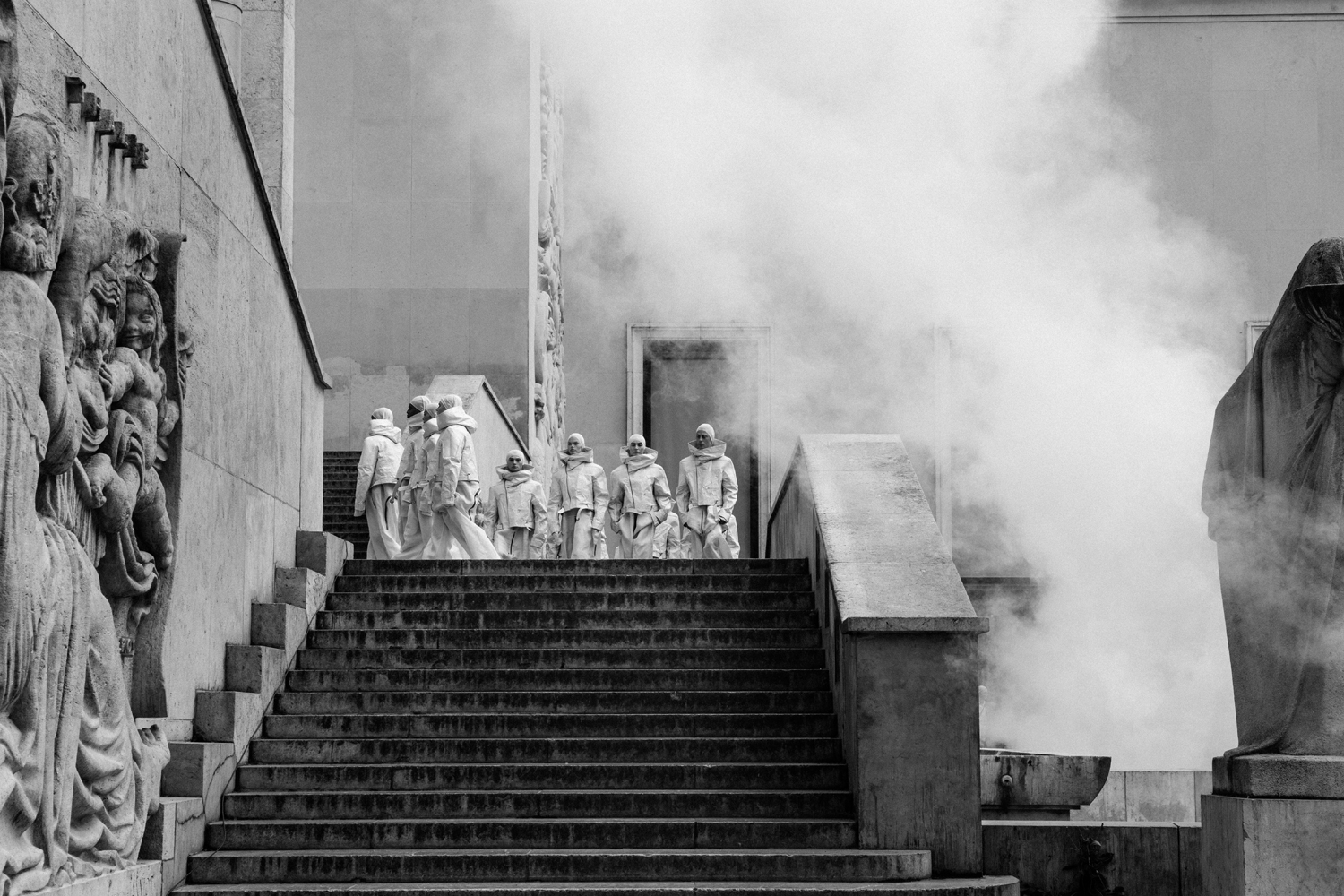 The Wallpaper* style team pick their fashion moments of 2024
The Wallpaper* style team pick their fashion moments of 2024The Wallpaper* style editors reflect on their best fashion moments of 2024, from Rick Owens’ 200-strong Hollywood epic to an Eyes Wide Shut-inspired JW Anderson show, and a slicked-back beauty look at Saint Laurent
By Jack Moss
-
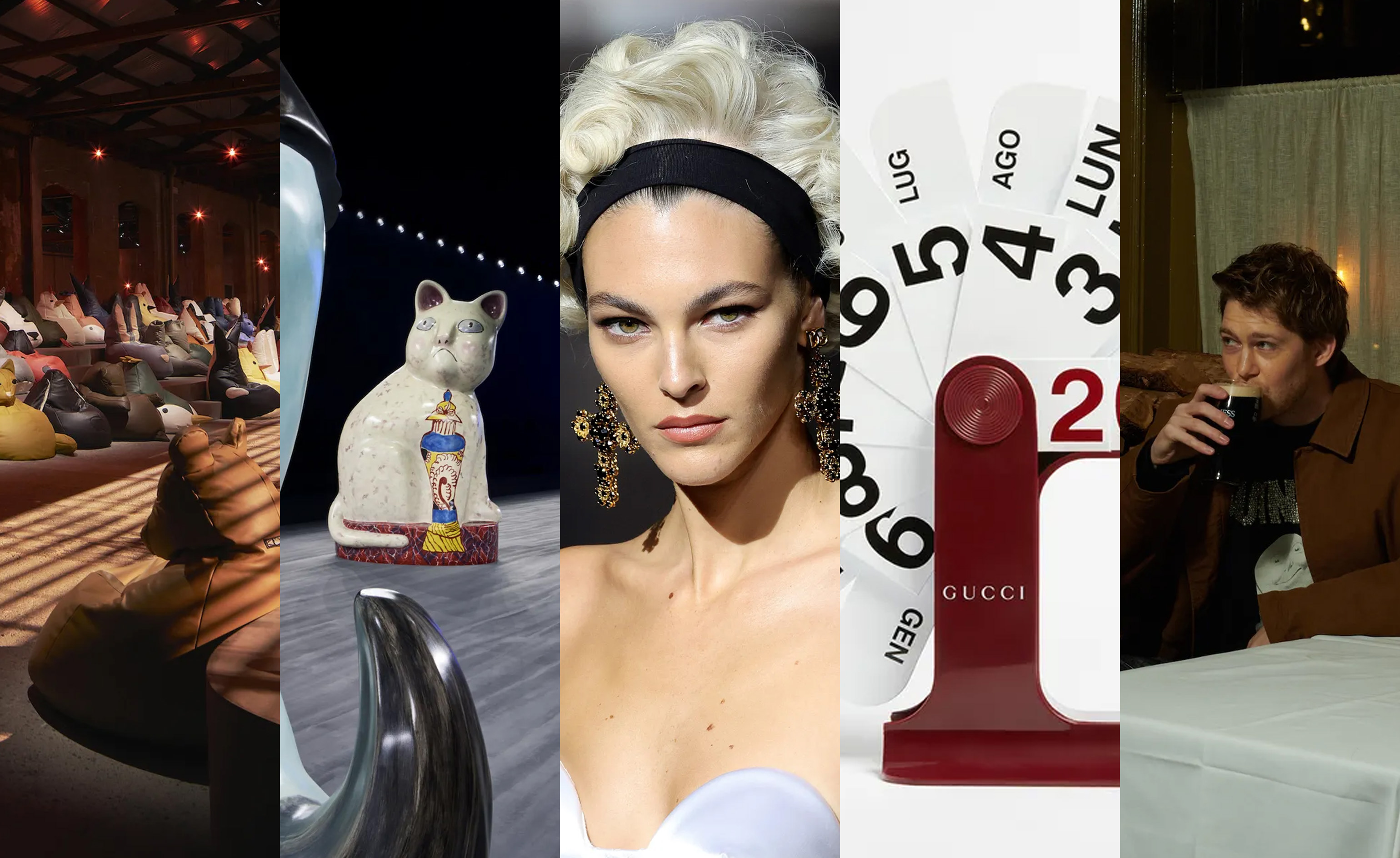 Giant cats, Madonna wigs, pints of Guinness: seven objects that tell the story of fashion in 2024
Giant cats, Madonna wigs, pints of Guinness: seven objects that tell the story of fashion in 2024These objects tell an unconventional story of style in 2024, a year when the ephemera that populated designers’ universes was as intriguing as the collections themselves
By Jack Moss
-
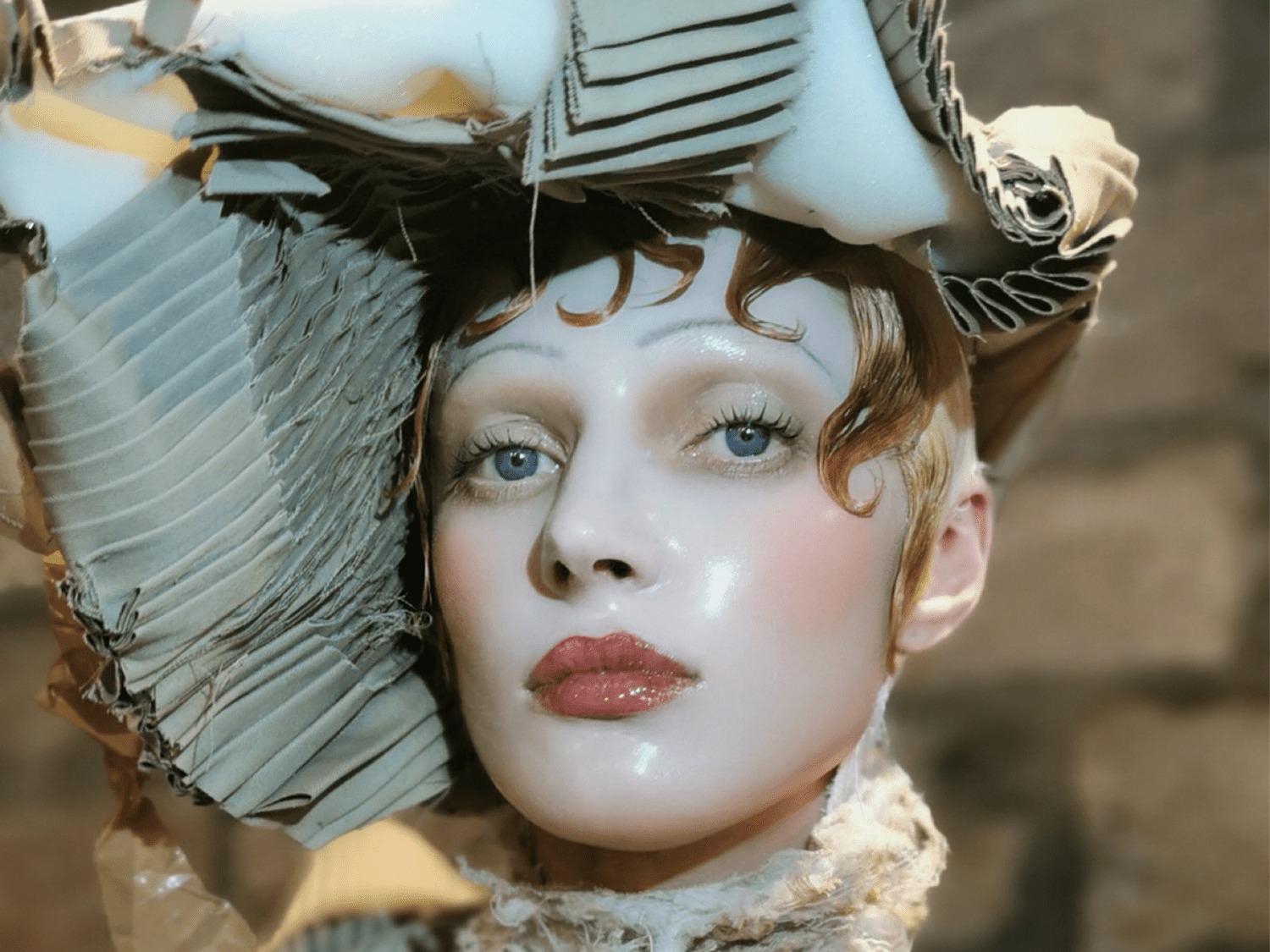 How 2024 brought beauty and fashion closer than ever before
How 2024 brought beauty and fashion closer than ever before2024 was a year when beauty and fashion got closer than ever before, with runway moments, collaborations and key launches setting the scene for 2025 and beyond
By Mahoro Seward
-
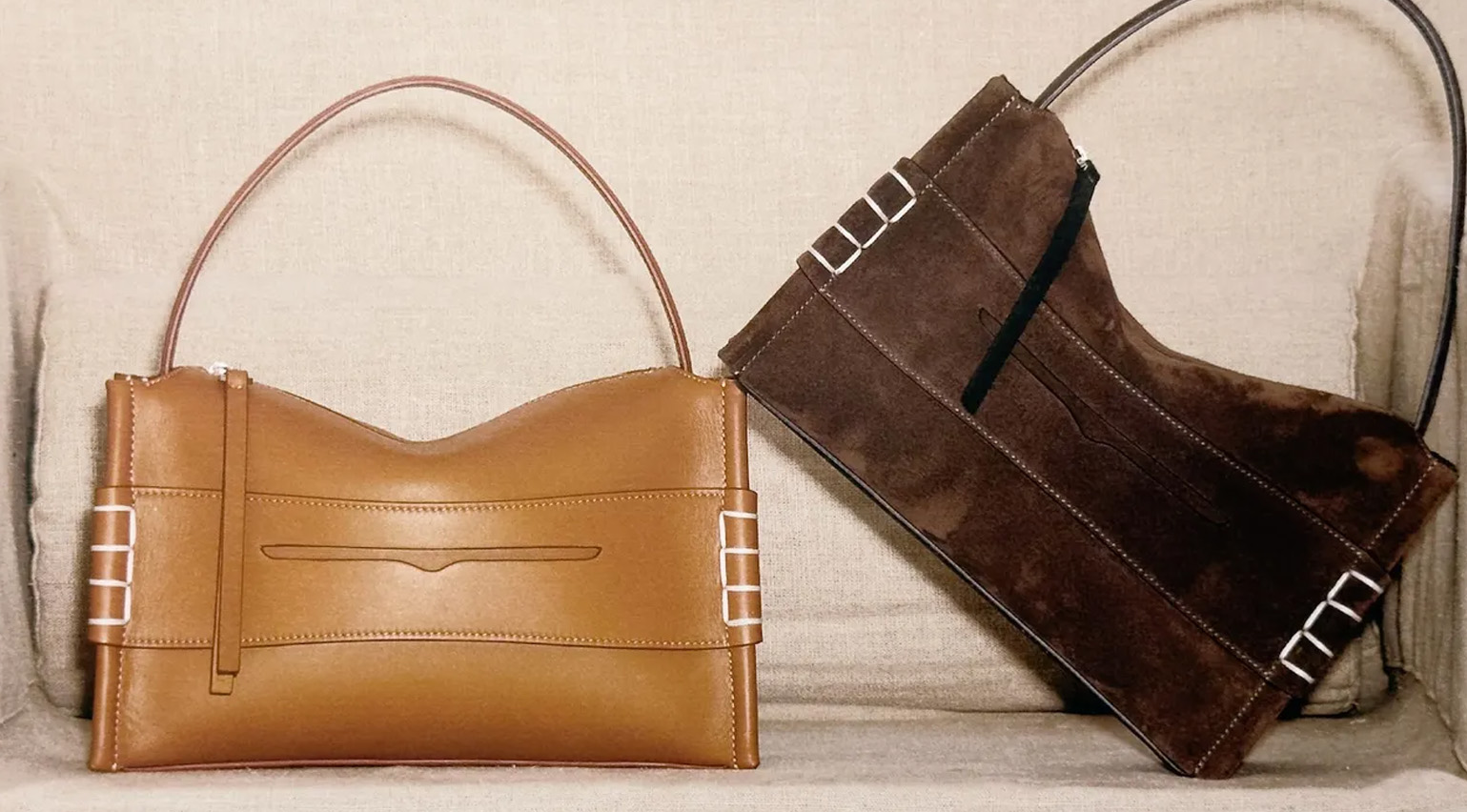 Loafer bags to sock shoes, 2024 was all about the mashed-up accessory
Loafer bags to sock shoes, 2024 was all about the mashed-up accessoryWallpaper* fashion features editor Jack Moss reflects on the rise of the surreal hybrid accessory in 2024, a trend which reflects the disorientating nature of contemporary living – where nothing is quite what it seems
By Jack Moss
-
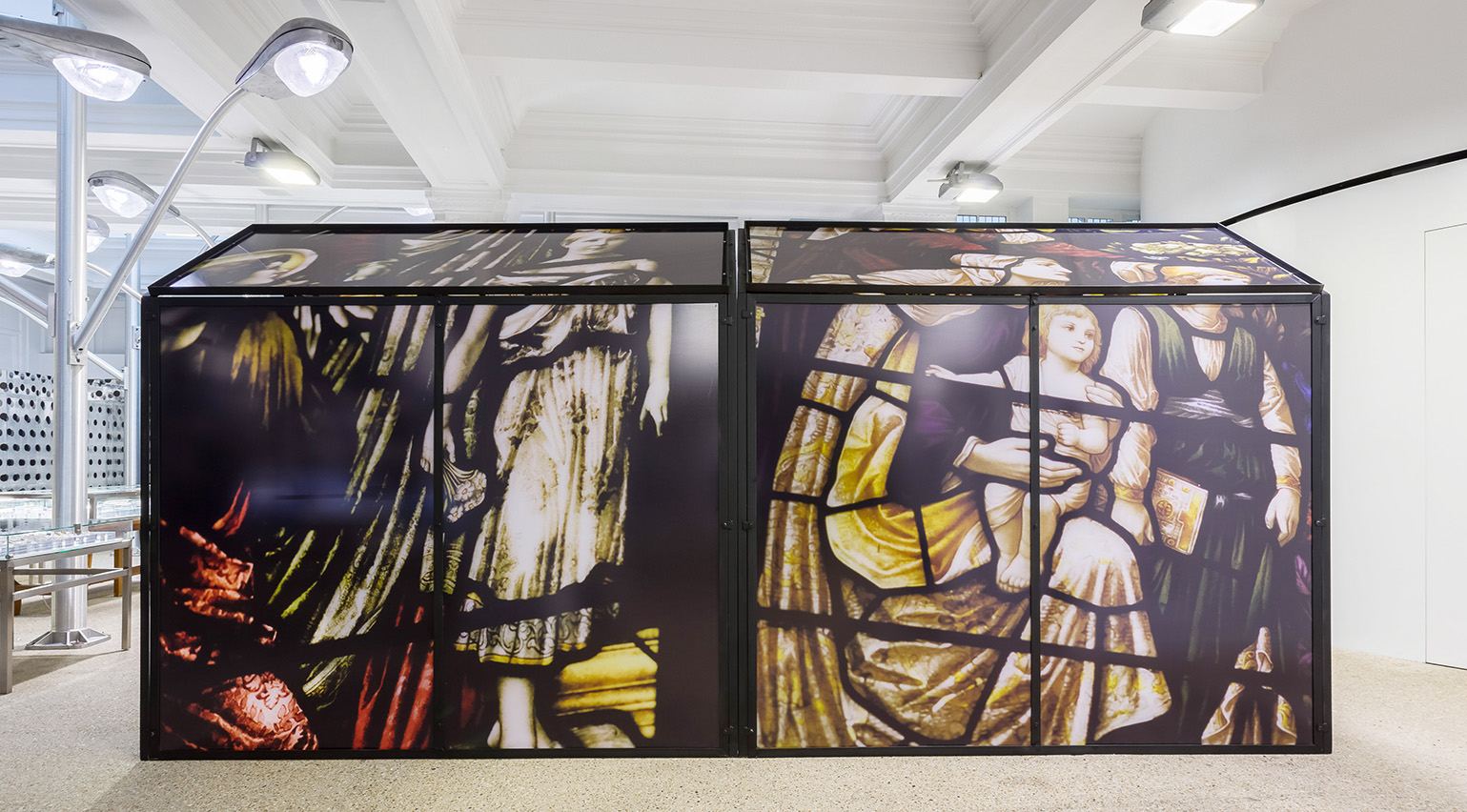 20 years of Dover Street Market’s transporting in-store installations, from giant elephants to soft toys
20 years of Dover Street Market’s transporting in-store installations, from giant elephants to soft toysAs Dover Street Market, Rei Kawakubo and Adrian Joffe’s radical London concept store, celebrates its 20th anniversary, we look back at ten of its most colourful installations, crafted alongside Simone Rocha, Jonathan Anderson, Martin Parr and more
By Orla Brennan